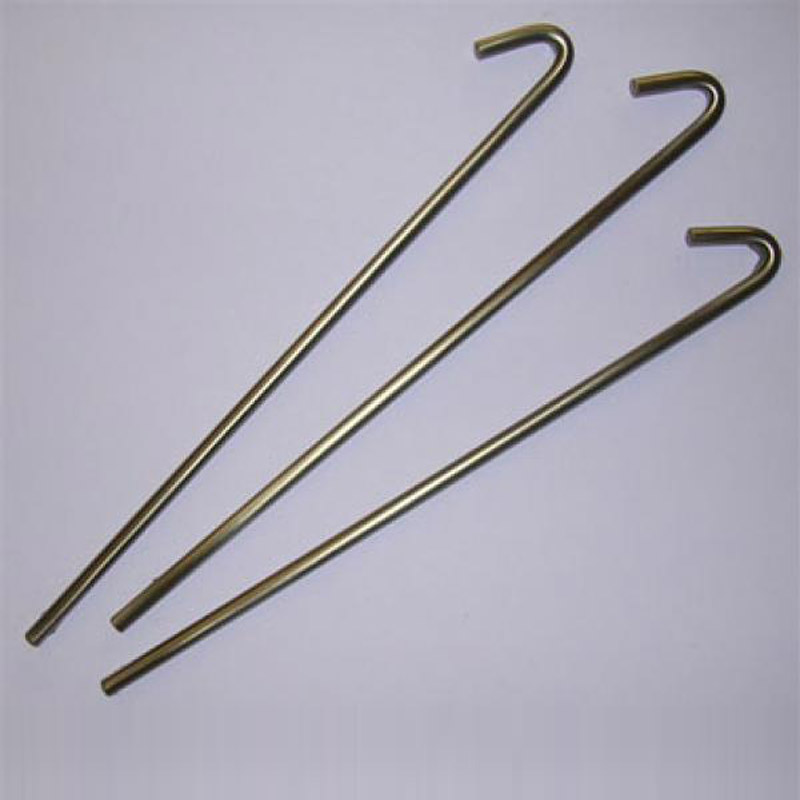
- Mobile Phone
- +8613931874955
- sales@cntcmetal.com
Exploring the Characteristics and Applications of Tiny Compression Springs in Various Industries
Understanding Very Small Compression Springs An Essential Component in Precision Engineering
Compression springs are a fundamental element in a wide range of mechanical devices, providing the necessary resistance to compressive forces. Among the various types of compression springs, very small compression springs are particularly important for applications where space is limited and precision is critical. These miniature springs are used in various industries, including electronics, automotive, and medical fields, where they perform crucial functions in devices such as switches, valves, and small mechanisms.
Characteristics of Very Small Compression Springs
Very small compression springs typically have a diameter of less than 1 inch and can be as small as a few millimeters. Despite their size, these springs are engineered to deliver significant performance. Their design often features tightly wound coils made from high-quality materials such as stainless steel, music wire, or alloyed metals. These materials are chosen for their elasticity and durability, ensuring that the springs can withstand repeated compression cycles without losing their shape or functionality.
The design process for these tiny springs is intricate, requiring precise calculations and specifications. Factors such as wire diameter, coil diameter, total spring length, and the number of active coils all play a critical role in defining how the spring will perform under load. Engineers must carefully consider these parameters to achieve the desired spring constant and ensure optimal performance in its intended application.
Applications of Very Small Compression Springs
The versatility of very small compression springs makes them ideal for a multitude of applications. In the electronics industry, they are commonly used in devices such as keyboards, where they provide the necessary tactile feedback. Small compression springs are also integral to mechanisms in remote controls, toys, and medical devices like syringes and inhalers.
very small compression springs

In the automotive sector, these miniature springs find their place in critical components such as fuel injectors and braking systems. They play a vital role in ensuring the reliable operation of various parts that require precise movements and consistent pressure. The aerospace industry also benefits from very small compression springs, which are used in applications ranging from cockpit controls to small actuators that manage various functions within an aircraft.
Manufacturing Process
The manufacturing of very small compression springs involves advanced techniques and technologies. Computer numerical control (CNC) machines are often employed to achieve the precision required in producing these miniature components. The process begins with selecting the right material, followed by the application of CNC machining to cut and shape the wire to the desired specifications. After the springs are formed, heat treatment may be applied to enhance their properties, ensuring a balance of strength and flexibility.
Quality control is crucial in the manufacturing of very small compression springs. Each spring must be tested to confirm that it meets the specified standards for dimensions and performance. This includes tensile testing and fatigue testing to simulate real-world conditions, ensuring reliability and longevity.
Conclusion
Very small compression springs are indispensable components in modern engineering, offering solutions where precision and compactness are paramount. As technology advances, the demand for these miniature components is likely to grow, leading to more innovative applications. Engineers and manufacturers must continue to refine their techniques to produce high-quality springs that meet the evolving needs of various industries. By understanding the intricacies of very small compression springs, one can appreciate their vital role in the precision machinery that drives our modern world.
share:
-
Your Source for Concrete Wall Ties and Masonry AccessoriesNewsJul.10,2025
-
Unlocking the Power of Iron Wire for Every ProjectNewsJul.10,2025
-
Explore Advanced Chain Wire and Stainless Steel Mesh FencingNewsJul.10,2025
-
Discover the Benefits of Annealed Wire ProductsNewsJul.10,2025
-
Discover China Stainless Steel Wire Mesh SolutionsNewsJul.10,2025
-
Build with Confidence Using High-Performance Masonry AccessoriesNewsJul.10,2025
-
Why Sacrificial Formwork Is Redefining Underground ConstructionNewsJun.06,2025



















